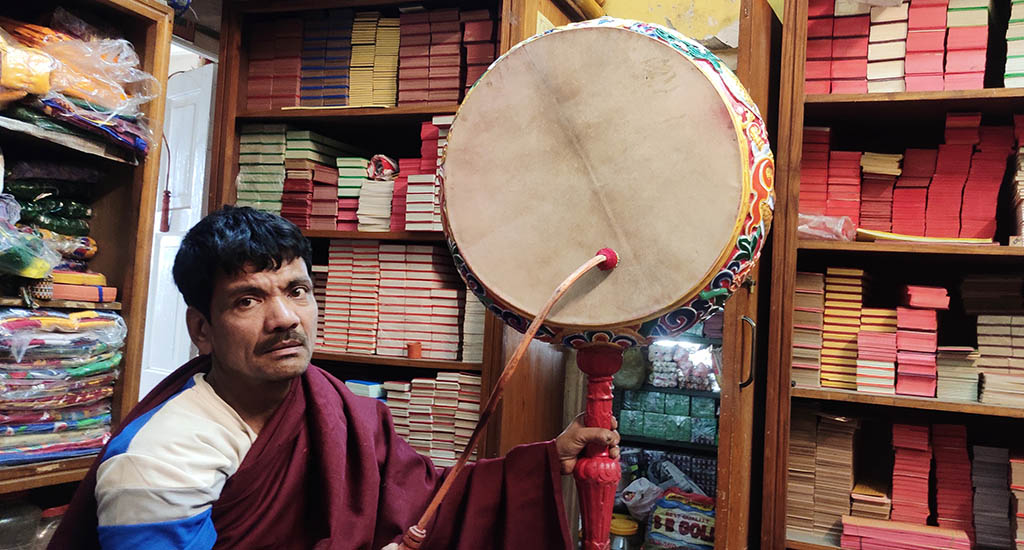
Is the art of Tibetans in India vanishing?
As children of Tibetan refugees in India seek greener pastures abroad, the once-flourishing Tibetan arts and crafts industry is suffering as there are fewer people interested in their religious handicrafts.

As children of Tibetan refugees in India seek greener pastures abroad, the once-flourishing Tibetan arts and crafts industry is suffering as there are fewer people interested in their religious handicrafts.
Chungmo Bhutiya runs a small shop making traditional Tibetan boots and drums in the Kalimpong hills, a scenic destination that tourists love.
The 35-year-old is one of the youngest and last Tibetan artisans in India making traditional Tibetan handicrafts.
Many other second-generation Tibetan refugees are seeking greener pastures abroad. The declining population is affecting the livelihood of not only Bhutiya, but many other Tibetans living in India.
Tibetans have a long connection to India that goes back several centuries as the neighbouring countries have always had strong trade ties.
“In the mid-1950s, Tibetans used to come on horses to Darjeeling to buy household items,” said 77-year-old Mangtu Ram Agarwal, owner of Norlah House, a shop selling Tibetan religious items in Kalimpong for over a century.
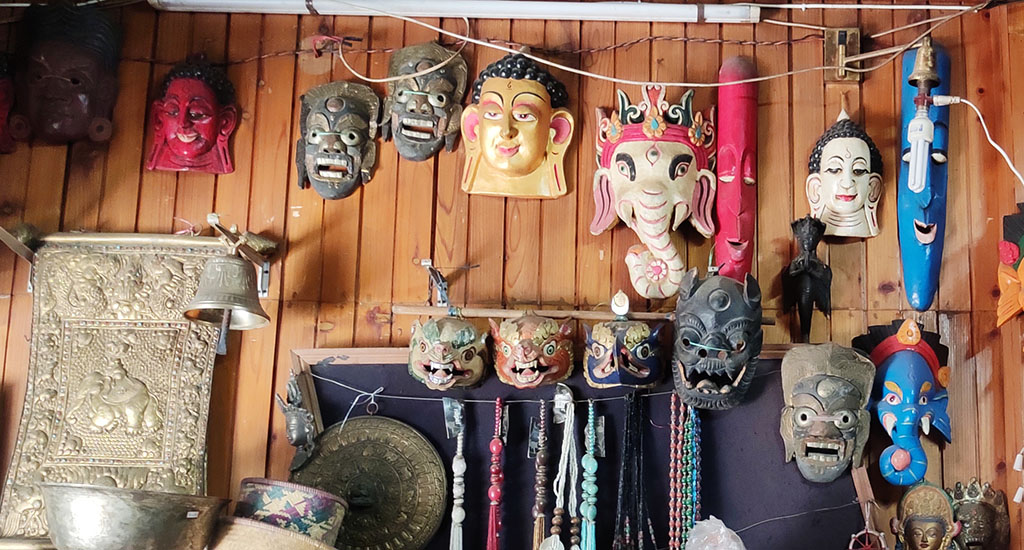
Those Tibetans just visited the market places, but rarely settled in India.
That changed during the Tibetan uprising of 1959 that began in Lhasa – Tibet’s capital. Many fled to other countries.
Several thousand Tibetans followed their leader – the Dalai Lama – to India.
Those who fled to India – numbering about 80,000 – settled in Uttarakhand, Sikkim and West Bengal, among other places. Soon their communities grew.
“They mingled easily with the locals as they’d visited India frequently. The local community also welcomed them and helped them forget their trauma and start a new life,” said Agarwal.
Though the Tibetans in India are referred to as refugees, they are not officially recognised as such.
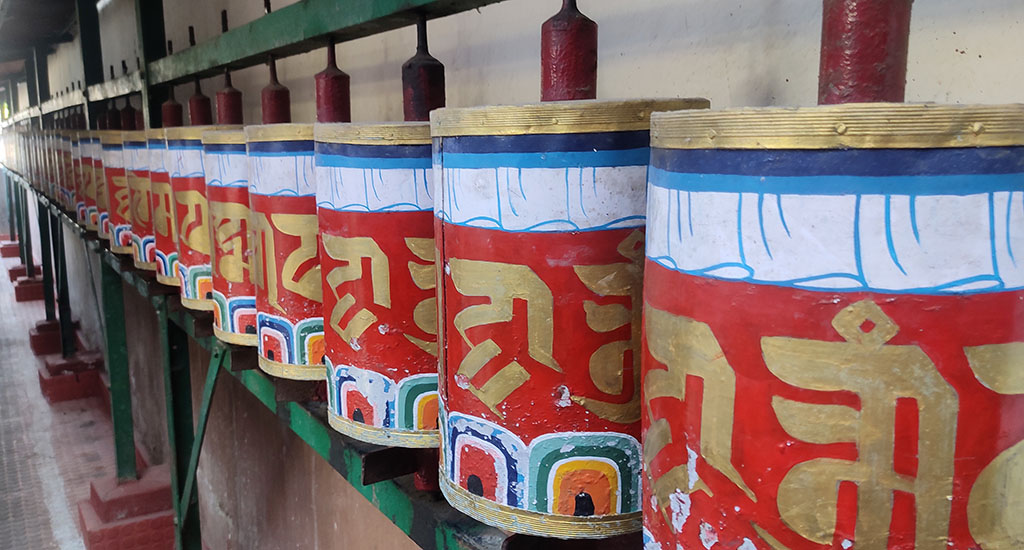
“(That’s) because India didn’t sign the 1951 United Nations Convention on Refugees,” said Dhondup Sangpo, an officer at Kalimpong-based Tibetan Settlement Office.
The Tibetan Refugee Self-Help Centre was started at Lebong in Darjeeling in October, 1959 to provide emergency relief to the refugees.
After that it provided livelihood opportunities by helping the Tibetans in India make and sell craft items.
Slowly many Tibetans started making traditional items like thangkas, the Tibetan Buddhist painting, and the dhyangro, a musical frame drum. They also made prayer books, figurines and other items used in Buddhist religious rituals.
They flourished in this work so much they even exported many of their products.
But over the years interest in these religious accoutrements dropped with the decline in their population.
According to the 2011 Census there were 182,685 Tibetans residing in India, with 8,500 in West Bengal. But in 2018, the advisor on Tibet affairs, Amitabh Mathur, announced that there were 85,000 Tibetans in India.
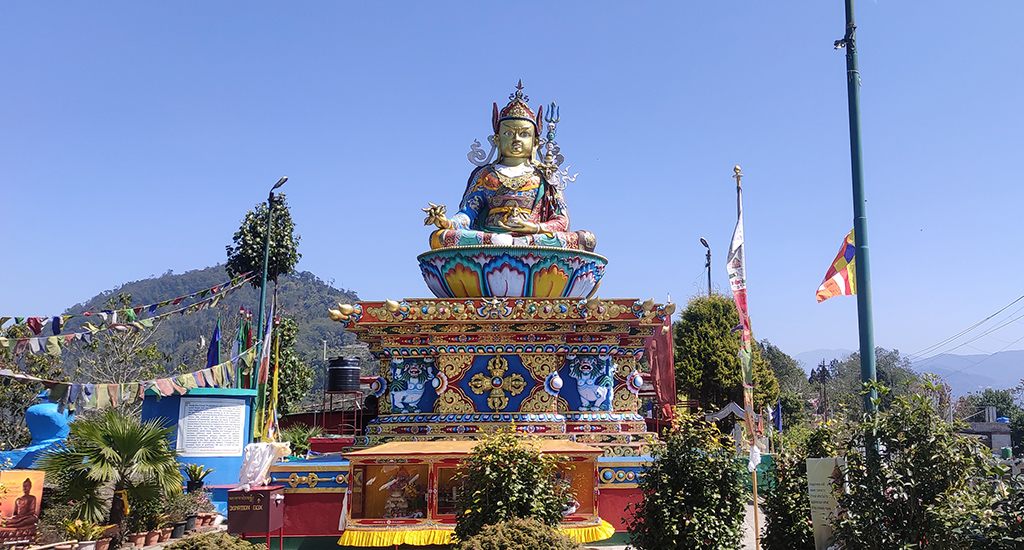
“We had around 650 refugees till 2000 which now stands at 200. Most of the older generation is no more, while the younger ones are moving out. The collective population of Tibetans in Darjeeling and neighbouring Kalimpong district is around 5,000 which is quite a lot less,” Dorjee Tseten, manager of the self-help centre told Village Square.
Many believe the population has declined as the younger generation go abroad in search of better opportunities.
“The population of Tibetans in Kalimpong, which stood at over 4,000 even two decades ago, is about 2,000 now,” said Sangpo.
A young Tibetan, who wished to be anonymous, said he planned to leave India as there are hardly any jobs for him in the hills.
“We’ve seen our elders struggle. The income is barely enough to run the family. The Indian government has also eased the regulations for Tibetans who plan to go abroad. We’re taking advantage of it to build our careers,” he said.
But Thinley Pempahishey, a Tibetan woman running a popular high-end homestay, takes a stern view of the youth leaving.
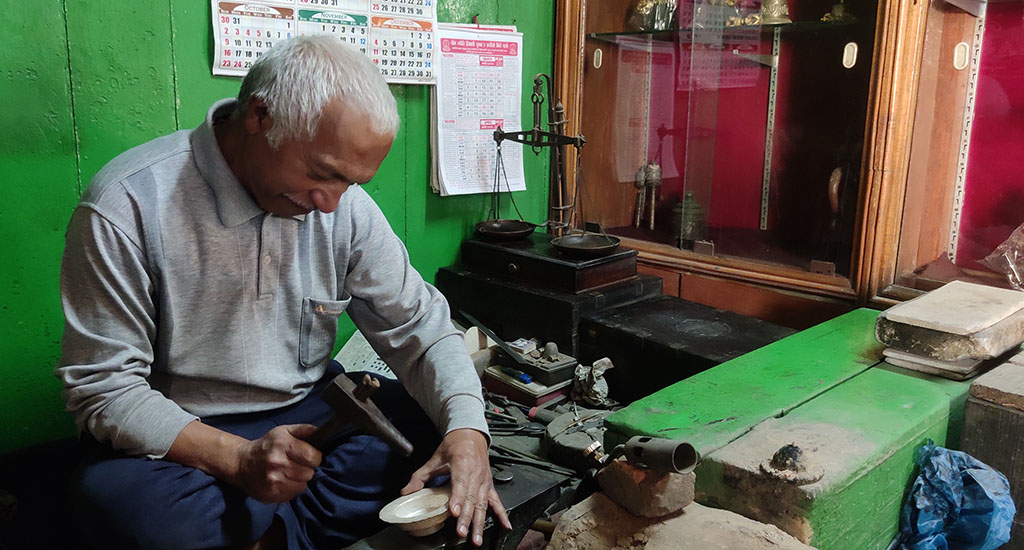
“The hills have been our home since our ancestors shifted here from Tibet. The locals gave us shelter and warmth that we cannot forget. With tourists flocking in, this place provides us livelihood in the tourism industry,” she told Village Square.
Earlier, Tibetans were well known for making thukpa (noodles) and incense sticks, which were in demand locally and outside, according to Pempahishey.
“But now others are making them since there is no one in our community to make it,” she said. “They are not of the same quality.”
Now, many local Indians are making Tibetan handicraft and religious items too. Nearly 25 shops sell traditional Tibetan items in Kalimpong. But most are run by non-Tibetans. Even the labourers who make the items are not Tibetans any more.
“We make silver items that Tibetans use in religious rituals. Earlier, the craftsmen were Tibetans but now others are doing the work,” said Padambir Sakhya, who runs the shop that his grandfather started in 1880.
“The decline in the Tibetan population in the hills has drastically hit my Tibetan boot business. We somehow manage to eke out a living. But the situation is getting tougher with each passing day,” said Chungmo Bhutiya.
Near her shop is the shop of 73-year-old Dasang Bhutiya, who has also been making Tibetan boots for decades. Now he is thinking of shutting down his shop.
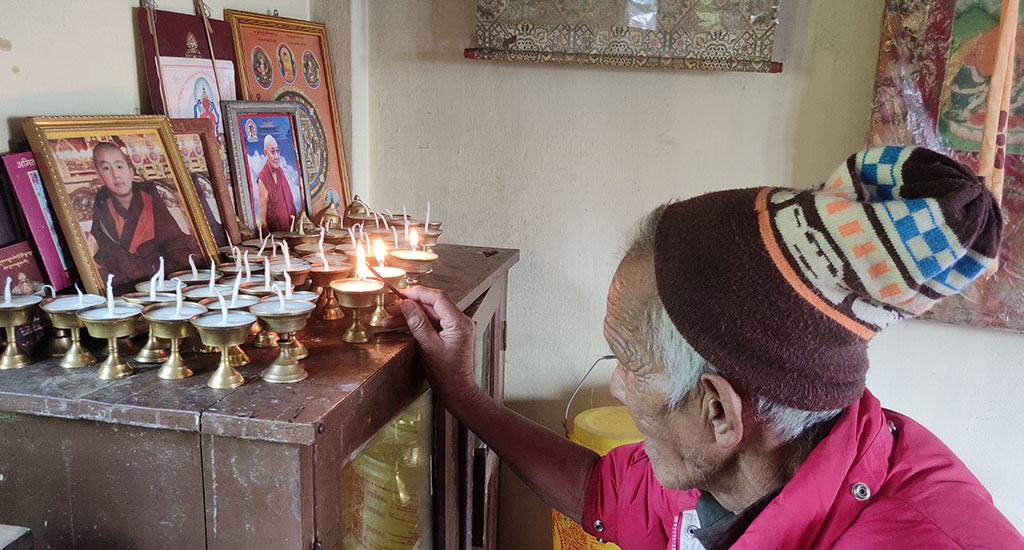
“It takes 5-10 days to make a pair of boots that sells for around Rs 4,000. But the rising cost of raw material and dwindling sales leaves me with no alternative but to close the shop,” he said.
It’s a repeat story shared by many Tibetans in India.
Every evening Lhak Pa Dhundup, a monk of a temple inside a home for Tibetan senior citizens in Kalimpong, lights candles for evening prayers.
“I pray for the prosperity of every living being,” said Dhundup.
“Our community once lived here and enjoyed its nature. But most of them have moved in search of greener pastures,” he said. “I pray for their return so that the hills can smile again with their presence.”
Gurvinder Singh is a journalist based in Kolkata